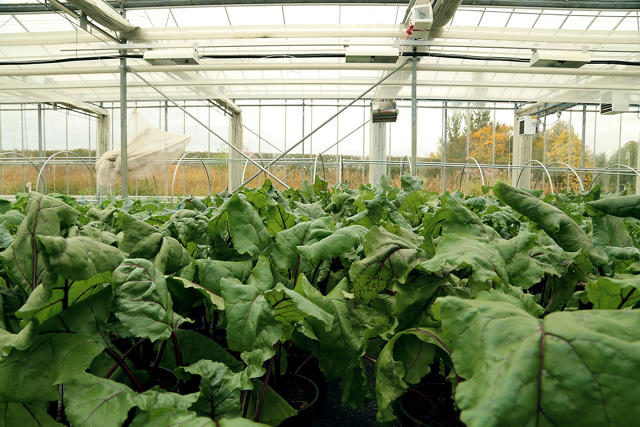3 Designs That think about The Sci-Fi way forward for Farming In a hundred Years
As each the local weather and applied sciences changes, weather amendment, “gene guns,” and “aural pesticides” may all be a part of the agricultural landscape in 2115.
February 27, 2015
by means of 2115, it is that you can imagine that a megadrought might finish most agriculture in California, blistering summers would possibly transfer wine manufacturing out of Italy, and rising sea levels may wipe out rice vegetation in Bangladesh. the future of farming is uncertain. As agriculture shifts, so will know-how.
In a brand new project, artist Kaitlyn Schwalje seems to be at three imagined products that reply to modifications in agriculture a century from now.

“I chose 100 years as a not-too-far away future,” Schwalje says. “It serves as a theatrical platform on which to play out rising discoveries and contemporary discourse on everything affecting agricultural production, from coverage to climate exchange.”
The designs are science fiction but based in fact. “each future has a footing in emerging research, and speaks to the human species’ tendency to control the environment for its personal gain,” explains Schwalje.
A “precision weather change software” imagines that farmers might trigger rain over a container of plants by launching a simple gadget, in response to strategies of cloud-seeding that are already in use these days in places like China.

An “aural insecticide” makes use of sound to make crops release natural insect repellents. the concept is in accordance with new analysis that presentations some crops respond to the vibrations of certain insects by defending themselves. not directly, it could function an alternative choice to the heavy use of chemical pesticides.
Schwalje additionally imagines that a gene gun—a device that already exists in labs to inject genes into cells—could be stolen via ecoterrorists and used to spread genes in a field that would fast kill whole plants.
while none of these scenarios will necessarily occur, Schwalje hopes that by way of looking at the bodily objects, people might be more likely to imagine the possibilities. “it’s an try at developing the ample imagery to dream—to think about the long run we wish to are living in and to make selections lately to approach these visions,” she writes in a remark.
“i’m hoping this work brings ridicule and excitement,” she says. “And that inside the settlement or disagreement of the challenge emerges a need to declare one’s own vision of the next day to come, and the ownership to shape that the following day.”
[All images: by way of Kaitlyn Schwalje]
(115)














